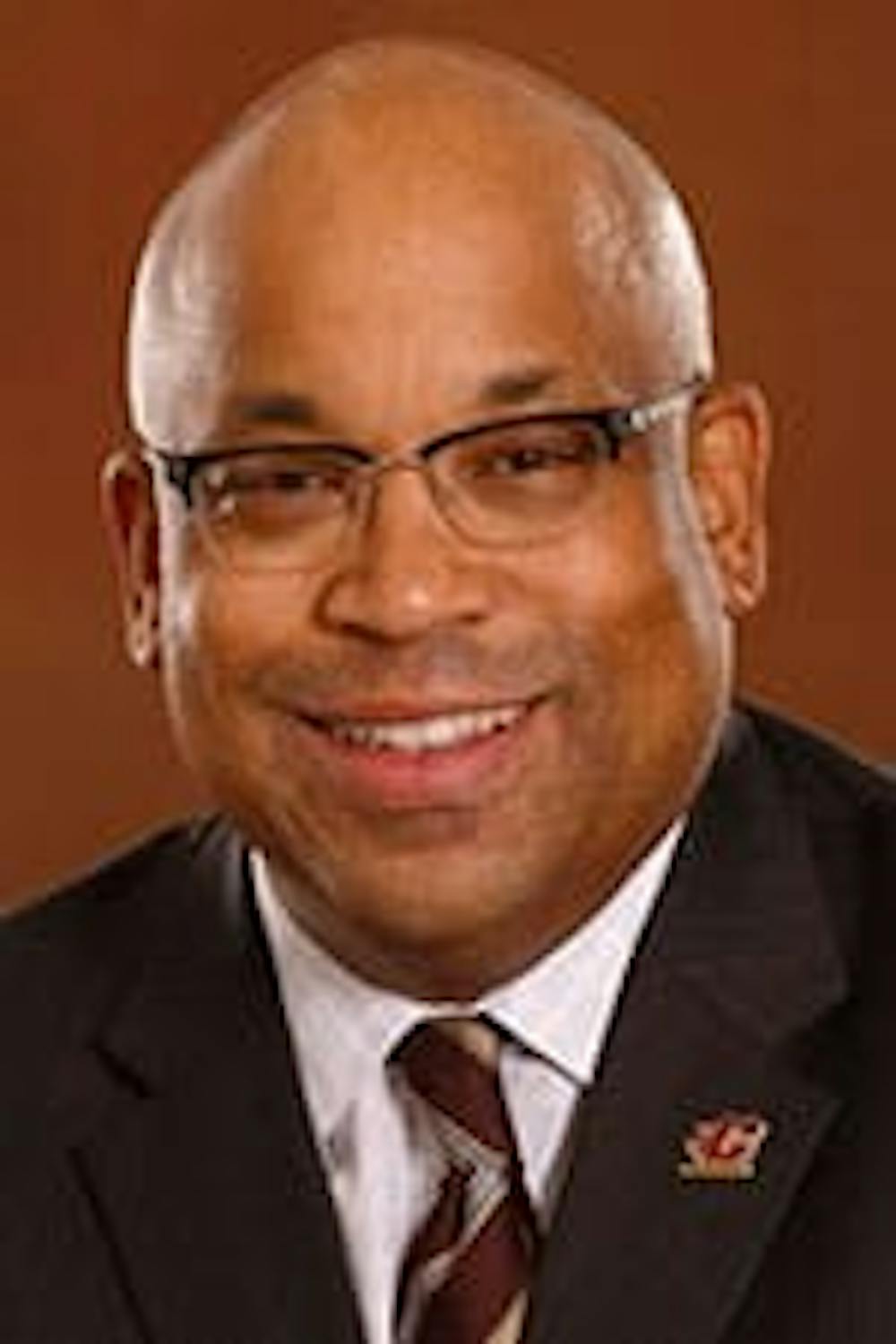Q&A: Interim Chief Diversity Officer Stan Shingles shares his experiences at CMU
Since arriving on campus 32 years ago, Stan Shingles has taken on many roles and faced many challenges. Many know him as assistant vice president for University Recreation and student engagement. This year, however, Shingles is moving his office from the SAC to Warriner Hall to serve as interim chief diversity officer. He's replacing A.T. Miller, who will be stepping down from the position on Aug. 31.
As an interim, Shingles will only be chief diversity officer until the position is filled by a new administrator. This usually comes after a formal search is launched and a candidate is chosen.
Central Michigan Life spoke with Shingles to learn more about his history with CMU and discuss his priorities.
Reflect on your experience at CMU. Why have you stuck around for so long?
What attracted me here was the "student centered-ness." I worked at some other universities and I didn’t see anything like this. I’d be overstating my experiences if I just named one because there are so many good ones.
Watching the students who I had 30 years ago now bring their children to CMU is probably the most rewarding part. My son Lamar came here and graduated twice. I’ve been at CMU longer than any point in my life, including my parent's house.
Why is the chief diversity officer important for CMU or any university to have?
I see this role as a facilitator.
It can’t bring diversity, equity and inclusion by itself. It needs to work within all the other facets of the university – the board of trustees, the president, the faculty, staff and of course the students. Diversity is a vital part of the student experience; it’s a vital part of what CMU is supposed to represent. When I came here in 1989, the environment was very friendly, but it wasn’t diverse. To see some of that be changed over the years is pretty remarkable.
This position, in some ways, played a part in that.
Is there something you admired about A.T. Miller’s work? Anything you hope to build upon?
The work is complex, it’s ever-evolving, and it can change at a moment’s notice. Something I admired about A.T. Miller was his open-mindedness and his ability to include everybody in the conversation. He’s brought some innovation; some new thinking and I think he’s leaving a legacy. My mother used to say, leave it better than you found it. A.T. definitely did that.
Why are you the right person to serve as interim?
Our very first diversity officer, back then it was called assistant vice president for institutional diversity, was here for two years and then left. I was asked to take over while they searched for a replacement. So, it’s almost like history is repeating itself 23 years later. Lived experiences are another part of it – growing up on the west side of Chicago, experiencing some of the systemic racism in those environments. I see myself as someone who has good interpersonal communication, believes in building relationships, understands university structure. Familiarity with the university is defiantly on my side.
Realistically, what can you accomplish as interim?
I think it starts with looking at what’s the low hanging fruit. What needs to be done immediately?
We are now in a period of civil unrest. I’m glad the students and people of Mount Pleasant decided to hold peaceful protests, in response to George Floyd. That situation is very personal to me.
Now it’s about dialogue and outreach to make sure our community is not targeted and making sure they’re safe.
We have to make sure we practice what we preach. Some organizations use diversity and inclusion as their public relations strategy. Here, we make it our culture. I’m looking forward to moving that culture of acceptance into the community of Mount Pleasant so students don’t feel alienated when they leave campus – and moving it around the world so our international students know they have a place here.
How can you have conversations that challenge opposing viewpoints in the pandemic environment?
Luckily, people are starting to get used to these virtual platforms. It’s my belief that we could even get more people involved in those conversations using these platforms. Individuals don’t need to leave their homes to have real discussions on some challenging topics. We already have Ibram X. Kendi, author of “How to be an Anti-Racist” booked on Sept. 2 and he’ll be doing his thing virtually. We expect it to be as effective and the reach could even be greater.
What’s next for you beyond this position?
I want to leave this university better than how I found it. It’s already better than how it was when I came here in 1989. Things are being modernized, not just the places and facilities we use on a day to day basis but on the basis of diversity and inclusion. I’m going to live this experience day-to-day. I have some visions of what outcomes are possible. Dr. Davies entrusted me to fill this role and advise him and I’m going to do my best to make sure






